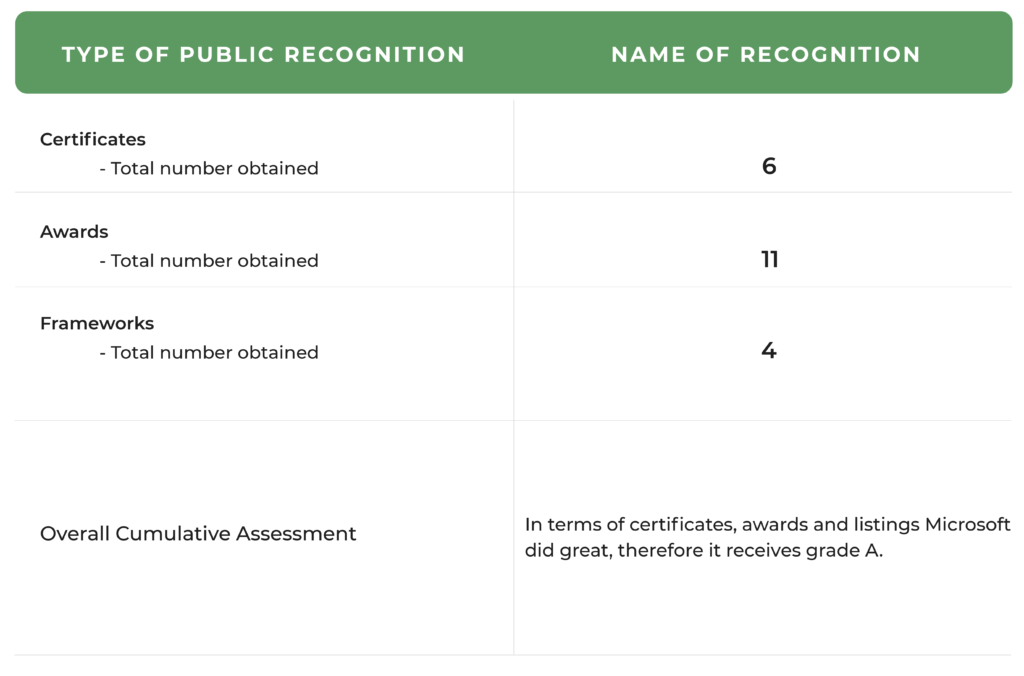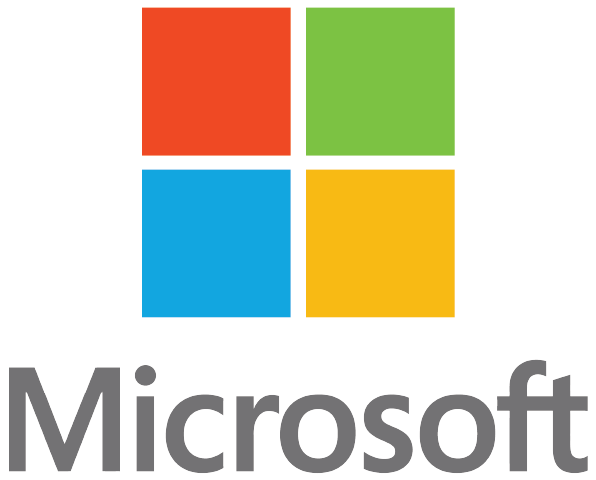
RATING

Neutral
SECTOR
Software Publishing
Chief Sustainability Officer
Lucas Joppa
Contact Details:
LinkedIn
Stock Exchange and Ticker
MSFT
Website
Contact
T: 0344 800 2400
E.mail: N/A
Listing
- #1 in Top 100 Most Conscious Brands of 2020: Microsoft tops Wolff Olins and Hall & Partners’ inaugural list
- #1 in the 10 most innovative corporate social responsibility companies of 2021
- #1 in EcoAct International Top 20 for 2021
Awards
- 2021 The U.S. Water Prize for Outstanding Private Sector Organization
- 2021 Green Power Leadership Award: CRS International Market Development
- 2021 EPA Green Power Leader: U.S. Environmental Protection Agency (EPA)
- 2021 Climate Leadership Award: Organizational Leadership
- 2021 UN Global Climate Action Award: Climate Neutral Now
- World Environment Center 2021 Gold Medal: Corporate Sustainability
- 2021 The Just 100: For the fourth year in a row, Microsoft took first place on The Just 100
- America΄s Most Responsible Companies 2021: Microsoft was ranked third by Newsweek
- U.S. Water Prize: Awarded the U.S. Water Prize for Outstanding Private Sector Organization celebrating Microsoft’s achievements
- 2021 COTE Top Ten Award: Microsoft Silicon Valley Campus was awarded COTE Top Ten Plus designation for exemplary performance data and post occupancy lessons
- Compass Award at COP26: Microsoft awarded for Environmental Leadership
Revenue
$168.1 B
Market Capitalisation
$2.522 T
Employees
221,000
Content source
Microsoft Sustainability Report
Evaluation of Microsoft
The last time Microsoft was rated, it had fewer certifications and notable awards and the new targets it set have broader positive influence. In all target areas Microsoft invests in AI and often researches or pioneers new technology, clearly providing in its field of operations. It is great to see companies use their strength for the advantage of the planet. Microsoft has been 100% carbon neutral, through the purchase of carbon offsets, since 2012. With the years passing, Microsoft still does not run on 100% renewable energy, for the worse, the company does not disclose its share of renewable energy. Unfortunately, in the case of Microsoft, carbon offsets are used incorrectly, as its emissions keep rising.
Microsoft uses its suppliers’ CDP Supply Chain responses to determine Scope 1, Scope 2, upstream Scope 3 emission factors (tCO2e/$ revenue). In July 2021, 87% of its in-scope suppliers reported their emissions to CDP, up 12% from 2020 and we hope that soon that number will round up to 100%. We would also want to know what other factors, besides emissions, Microsoft takes under consideration when it comes to suppliers. The company itself has taken steps towards water positive and zero waste operations, but, unfortunately its water use greatly increased and it does not consider post-consumer waste at all. Microsoft’s achievements focus mostly on environmental issues, forgetting about social and developmental causes.
We can say that Microsoft has improved since our last rating, but not much, that is why its rating remains C.
Sustainability Scorecard
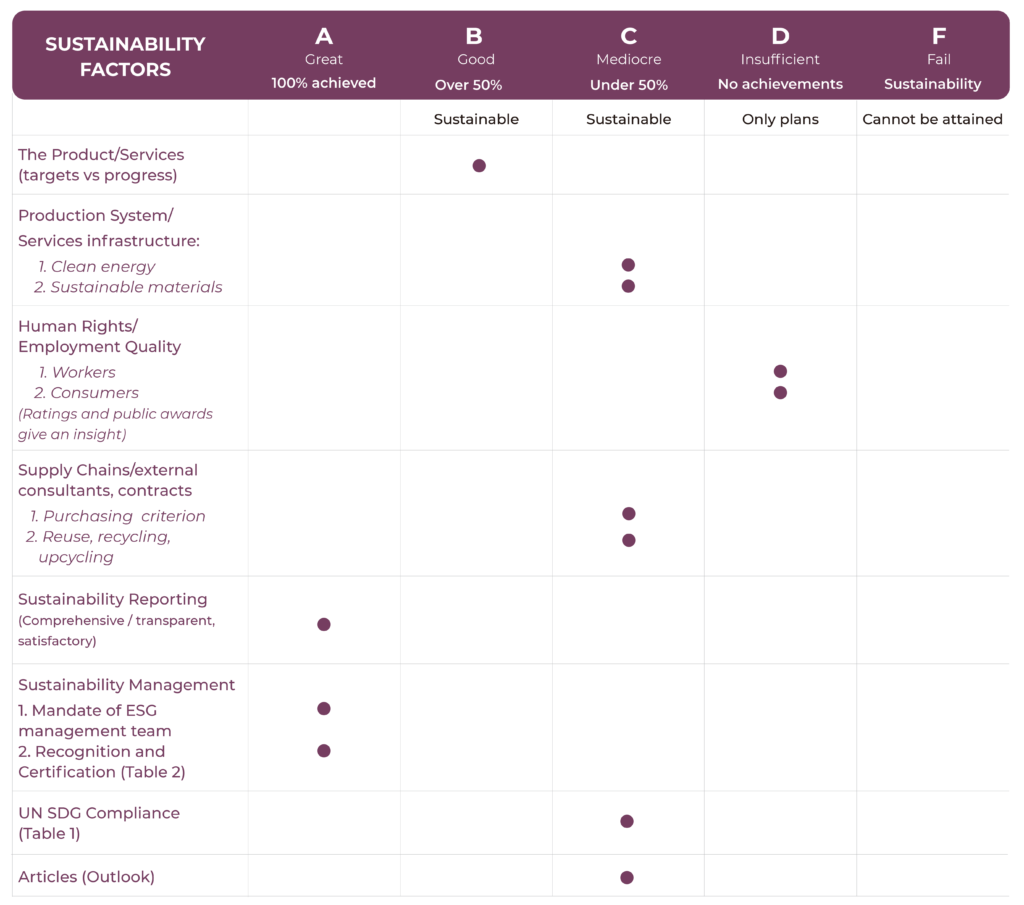
Microsoft Company Activity
Microsoft is an IT software and services company that creates and sells computer software, computers, and other electronics. It was founded in 1975 by Bill Gates. Their mission is to “apply the power of technology to earn and sustain the trust of the customers and partners [they] empower and the communities in which [they] live and work”.
Over the past decades, the company has evolved into a multi-billion dollar business with a large range of products and services. Some of its notable products being Internet Explorer, Microsoft Office, Xbox 360, Windows XP.
With innovation at the forefront of their company they are constantly coming out with new products while investing in new research and technology in AI, computer vision, human-computer interaction, security and privacy, and systems and networking.
Microsoft Sustainability Activity - As per company declarations
Microsoft’s main focus is on the areas where it claims to have the greatest impact, which include carbon, ecosystems, water, and waste. This approach is represented through the company’s four targets’ categories: Carbon Negative, Water Positive, Zero Waste and Ecosystems. Microsoft wants to become carbon negative by 2030 and remove historical emissions since it was founded in 1975 by 2050. As Microsoft accelerates its own progress to net zero, it also supports customers to do the same.
Certificate & Labels, Standards and Frameworks
- ISO 14040
- ISO 14044
- Sustainable Accounting Standards Board (SASB),
- United Nations Guiding Principles on Business and Human Rights Reporting Framework
- UN Sustainable Development Goals
- Global Reporting Initiative Standards (GRI)
- CDP Climate Change A
- CDP Water Security A
- Task Force on Climate-related Financial Disclosures (TCFD)
- Independent Accountant’s Review Report by Deloitte
Microsoft in the news: Press Reviews and Social Media
Big Tech Reconsiders the “Made in China” Way – The New York Times [neutral]
Microsoft, among other US tech giants, slowly pulls out production from China, moving to Vietnam and India.
Microsoft ‘Complicit’ in China Muslim Crackdown With AI Partnership (businessinsider.com) [alarming]
Microsoft researchers helped Chinese military university in the development of facial analysis AI, which China can use to suppress citizens, especially in Beijing’s unprecedented persecution of its Muslim minority.
Microsoft ‘to replace journalists with robots’ – BBC News [alarming]
Microsoft announced it would replace contract journalists on its MSN website with AI to perform curating of stories from news organisations and selection of headlines and pictures for the website.
Microsoft Wins $22 Billion Army Contract For Augmented Reality Headsets (forbes.com) [neutral]
Microsoft is to build augmented reality headsets for the U.S. military bringing $21.9 billion over ten years. The contract follows an agreement from 2018, now moving the project to production phase, supplying more than 120 000 units.
Microsoft avoids paying tax in many countries, study shows | Malay Mail [negative]
Microsoft has avoided billions in taxes in Britain, Australia and New Zeala
Highlights from Microsoft Sustainability Report
Achievements
- A good deal of actions towards environmental goals
- A fair amount of notable awards, certifications and followed frameworks
- Countless partnerships
- Technological advancements in the interest of the planet
- Bold promise to remove historical emissions
Weaknesses and Setbacks
- Increasing Scope 1 and 3 emissions
- The share of renewable energy not disclosed
- No post-consumer recycling policy
- No actions towards social and developmental goals
Targets vs Progress Reported
| Target | Results reported |
|---|---|
| Carbon Negative | |
| Carbon negative by 2030 and remove historical emissions since the company was founded in 1975 by 2050 | - Allocated $471 million to date via Climate Innovation Fund to accelerate carbon, water and waste goals - Contracted for 2.5M metric tons of carbon removal in FY21 and FY22 (meeting 2 year goal) - Improved device efficiency; Surface Pro 8 is one of the most energy efficient Surface Pro devices ever The new Surface Laptop Studio has a 30% smaller carbon footprint than its predecessor, the Surface Book 3 13” Energy-saving mode, a new low-power standby mode for Xbox consoles, uses as little as 0.5W |
| Reduce its Scope 1 and 2 emissions to near zero by 2025 through energy efficiency work and by reaching 100% renewable energy - Azure datacenters running on 100% renewable energy by 2025 n |
- Scope 1 emissions have been increasing since 2018 - Scope 2 location-based emissions have been increasing since 2017 - Scope 2 market-based emissions have been decreasing since 2019 - The share of renewable energy used is not disclosed - Company reported that it reduced Scope 1 and 2 by 16.9% - Signed new PPAs for 5.8 GW of renewable energy in FY21 - Microsoft is using Bonsai, a low-code AI platform to improve the efficiency of its Redmond campus chiller plants, which provide the air conditioning within an HVAC system - All lighting is high-efficiency LED with motion detection - Cooling systems are integrated with the servers, providing cooling only when the servers require it - At the Bengaluru Cosmo office site, installed an uninterruptible power supply (UPS) with flywheel to store kinetic energy to provide backup power without the need for lead acid batteries - Sweden datacenter will be fully supplied with hourly energy consumption with an offshore wind farm |
| By 2030, 100% of electricity consumption will be matched by zero carbon energy purchases 100% of the time | - All purchased energy since 2018 has been from renewable sources - Donated $100 million to Breakthrough Energy’s Catalyst initiative |
| By 2030, reduce Scope 3 emissions by more than half from a 2020 baseline | - 87% of in-scope suppliers reported emissions to CDP - Scope 3 emissions increased by 22.7% (driven by growth of cloud services business and an increase in sales and usage of devices) - Finished a complete conversion of primary distribution center in Europe to 100% renewable energy - Released a set of in-depth capacity building tools and resources, developed in partnership with ENGIE Impact, WSP, and CDP to help companies report their greenhouse gas (GHG) emissions and set strategies to reduce emissions from electricity |
| Committed to electrifying global campus vehicle feet of 1,800 vehicles by 2030 (TARGET IN PROGRESS) | - Series of pilot programs to be launched |
| Committed to certifying Microsoft data-centers and major offices to LEED Gold or Platinum | - Four data centres are LEED Gold certified and 74 projects are going through certification |
| Be diesel-free by 2030 (target “under construction”) | - Assessing the long-term feasibility of deploying large batteries as backup power for critical infrastructure - Piloting hydrogen fuel cells as viable green energy for backup power - Puget Sound campus modernization project removed natural gas from the campus |
| Water Positive | |
| By 2030, replenish more water than is used, by reducing the water intensity of direct operations and replenish in water-stressed regions where the company operates | - Water consumption in 2017 was 1,913ML, in 2021 it reached 4,478ML - Invested in replenishment projects expected to generate 1.3M cubic metres of water benefits (45% of global water consumption across operations) - New datacenter region in Arizona uses zero water for cooling - In Hyderabad, India, Microsoft is piloting air-to-water generators to help offset 4 million litres of ground water extraction per year - Pioneering research and implementation of liquid immersion cooling - Investigating and piloting turning up the heat in datacenters; the higher server inlet temperatures will reduce cooling hours and water use - Silicon Valley campus with a net zero water certification - Microsoft and Gila River Water Storage are recharging and replenishing groundwater levels in the cities of Goodyear and El Mirage, Arizona, contributing an estimated additional 610,000 cubic meters - Microsoft supported three water restoration projects in the Columbia River Basin near Quincy, Washington |
| By 2024, reduce water waste in datacenter operations by 95% | - Microsoft is using the Smart Water Navigator (developed with Ecolab) in datacenters to prioritise and manage incoming water quality sources like recycled water |
| Provide 1.5 million more people with access to clean water and sanitization services | - Via partnership with Water.org 242,988 people were provided water access in Mexico, India, and Indonesia - Delivered 670M liters of water benefits per year via programs with Water.org |
| Zero Waste | |
| Become zero waste across direct business by 2030 | - Total waste generated in 2017 was 26,059 metric tons, in 2019 reached 46,178 metric tons and in 2021 dropped to 22,518 metric tons - Certified four data centers as Zero Waste with new certifications - 11 campuses now have customized roadmaps to achieve zero waste by 2030. The Puget Sound campus has been Zero Waste certified since 2016 |
| By 2025, 90% of servers and components within regional datacenter networks will be reused | - Planned 5 Circular Centers in FY22 - 76% reuse rate in 2021, 11% less than 2020 |
| By 2025, eliminate single-use plastics in all Microsoft primary product packaging and all IT asset packaging in datacenter | - Reduced single-use plastics in product packaging by 18% in FY21 - Eliminated a single-use plastic product, reducing over 500,000 kg of plastic annually - Over the past year, the Amsterdam Circular Center model has achieved 83% reuse and 17% recycling of cloud hardware |
| By 2030, design Surface devices, Xbox products and accessories, and all Microsoft product packaging to be 100% recyclable in OECD countries | - Achieved a 97% recyclable Xbox Series X and S, and a 93% recyclable metal Surface Laptop 4 - 75% of all Xbox Design Lab controllers now utilise post-consumer recycled plastic - Introduced several new Xbox Wireless Controllers, built using over 30%t post-consumer recycled (PCR) materials; and the Ocean Plastic Mouse, which has a plastic shell made with 20% recycled ocean plastic |
| By 2030, achieve 90% diversion of operational waste at datacenters and campuses and 75% diversion for all construction and deconstruction projects | - Diverted more than 15,200 metric tons of solid waste across direct operations in FY21 - 78.4% diversion rate in 2021 - The Puget Sound project is currently achieving over 90% diversion |
| Ecosystems | |
| Aggregate environmental data from around the world and put it to work through computing and machine learning in a new Planetary Compute | - Released the Planetary Computer and have over 500 users signed up - Made available 24 petabytes of data available in the Planetary Computer - The AI for Earth program has provided more than 850 grants since 2017 |
| Take responsibility for the ecosystem impacts of Microsoft’s direct operations by protecting more land than the company uses by 2025 | Invested to protect more than 17,000 acres of land in FY21 (5000 acres above the goal) |
UN SDGs Compliance Analysis
Progress made toward SDG targets
As reported by Microsoft
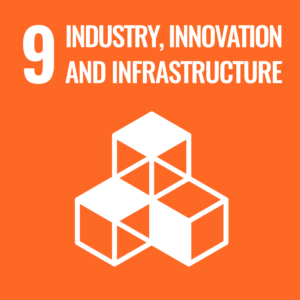
- Microsoft developed a neural network based atmosphere simulator that estimates carbon and other pollutant emissions with better accuracy than widely used numerical atmosphere models, while using only 1 percent of the computational cost
- Through AI for Earth, Microsoft has supported 116 projects that create data-driven solutions supporting water resources monitoring, modeling, and management centered around water
- Microsoft advocated for clean energy and environmental provisions in the US Infrastructure Investment and Jobs Act
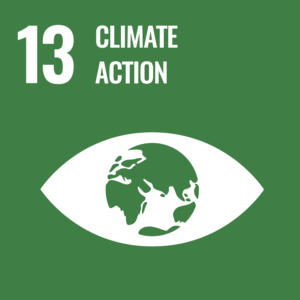
- Investing in multiple companies to drive positive change, for example carbon savings from the deployment of smart thermostats across SmartRent’s portfolio in 2020 were 55,000 MWh of energy, 5.5 million gallons of gasoline equivalent, and a net carbon savings of 68,000 mtCO2
- In July 2021, Microsoft Cloud for Sustainability was launched to provide comprehensive, integrated, and automated sustainability management
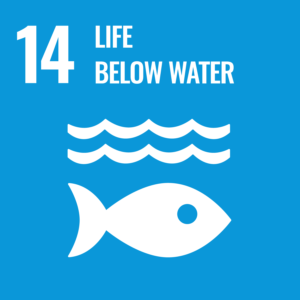
- By the end of 2021, PCX is projected to have enabled the removal of approximately 37 million kilograms of plastic waste from the environment

- With NCX’s science-driven forest carbon marketplace, nearly 2,500 participating landowners with 4.3 million forested acres committed to defer their timber harvest in 2021
- By the end of 2021, PCX is projected to have enabled the removal of approximately 37 million kilograms of plastic waste from the environment
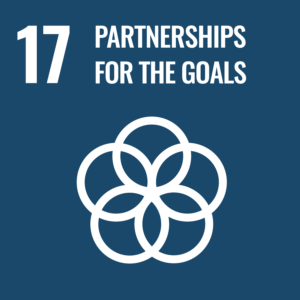
- Microsoft has partnered with many organisations, some of them focusing on the goals: Transform to Net Zero, Water Resilience Coalition, Climate Finance Foundation, Center for the Fourth Industrial Revolution Oceans, Ellen MacArthur Foundation, Water.org, Alliance of CEO Climate Leaders (WEF) Carbon Removal Climate Action Group, CSIRO, UN Biodiversity Lab 2.0, Radiant Earth Foundation
- Microsoft helped Ørsted optimize the performance of more than 1,300 turbines, enabling it to fully phase out coal by 2023 and increase offshore wind capacity to 15 GW by 2025
- Microsoft is collaborating with 10 other companies to test circular packaging solutions to replace stretch wrap packaging
Sustainability Certificates, Awards and Listings
